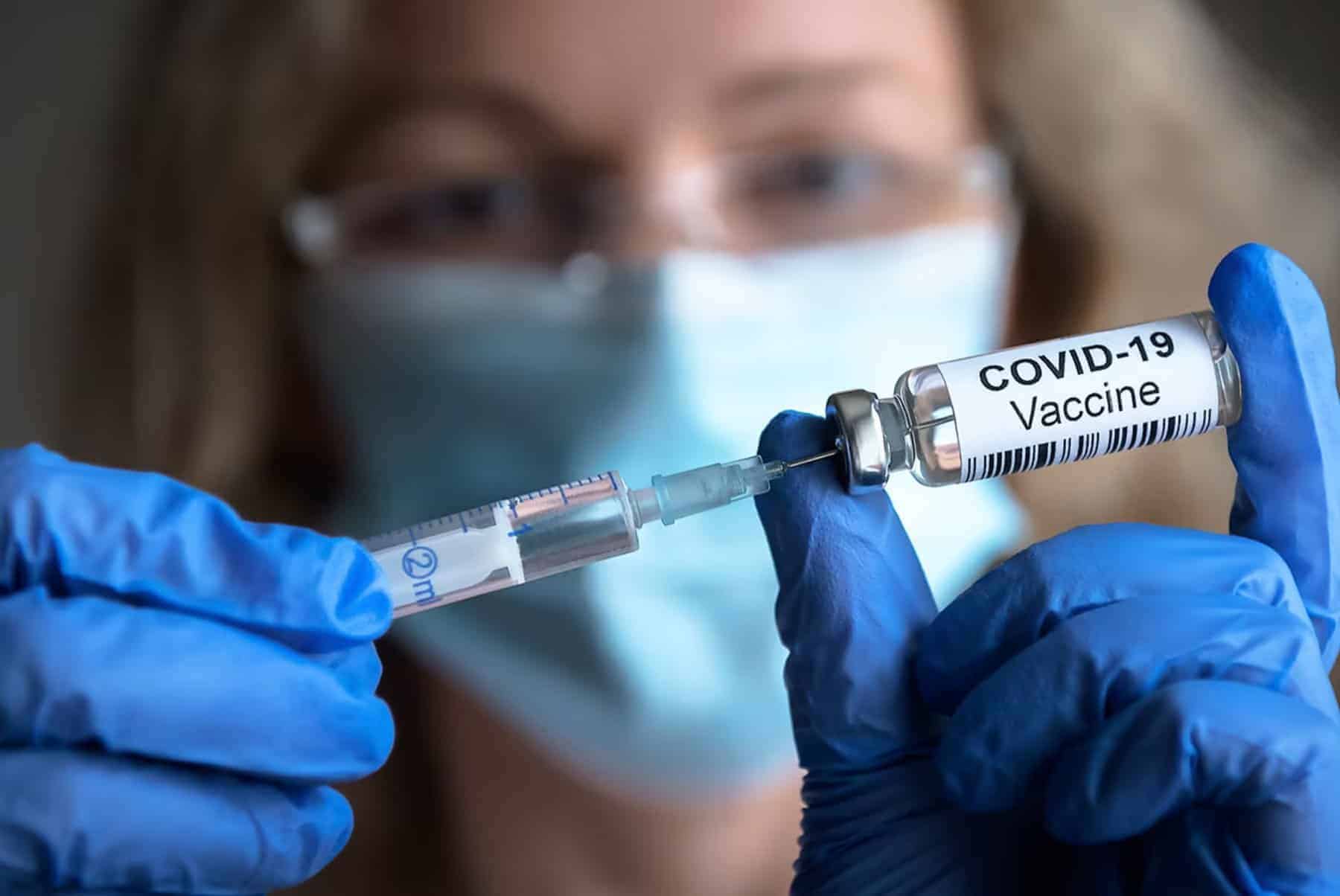There are many things we can do to help protect ourselves and our communities from natural hazards, but people are sometimes hesitant to engage in those actions. Dr Lauren Vinnell and colleagues at Massey University’s Joint Centre for Disaster Research investigated people in Aotearoa New Zealand’s intentions to get vaccinated against COVID-19. Their work helps identify what made people more decisive or more hesitant about whether or not to get vaccinated, and what types of messaging may have been effective at convincing more people to get the jab.
“Vaccinations offer a good opportunity to test the extent to which people are motivated more by individual or collective reasons as vaccines offer some protection to the individual but are more effective when many people are vaccinated,” Lauren says.
Lack of belief in the collective effectiveness of vaccination—that many people getting vaccinated would help slow the spread and lessen the impact of the virus—was a defining characteristic of people who intended not to get vaccinated. They also perceived the risks posed by COVID-19 to be much smaller and were taking fewer other protective actions than others.
Meanwhile, people in “might” and “will” get vaccinated groups differed in their perception of risks posed by the vaccine, with people in the “might” get vaccinated group perceiving risks from the vaccine as much higher than the “will” and “have” been vaccinated groups.
“This finding is key as it suggests that reassuring messaging that communicates the safety of the vaccine, both for the individual and those they care about, may help to increase the strength of their intention to get vaccinated and translate that intention into action.”
Those in the “might” get vaccinated group were significantly younger than those in other groups, tended to have more people in their households than those who “will” or had already been vaccinated, and identified more strongly as members of communities.
“It is possible that hesitant people were part of generally hesitant communities. While people in the “won’t” get vaccinated group saw themselves as less connected to those around them, community hesitancy may explain why a stronger community connection does not appear to have motivated vaccine uptake,” Lauren says.
This highlights the role peer pressure can play in influencing people’s intentions and behaviour. People in the “might” and “won’t” get vaccinated groups believed that fewer people in general approved of getting the vaccine or were getting vaccinated. This suggests messaging that socially normalises getting vaccinated is likely to have helped persuade hesitant people to act.
“If someone thinks many people like them engage in a certain behaviour, or if they perceive the behaviour as being widely approved of within their social group, they are more likely to engage in that behaviour also.”
Similarly, Lauren and colleagues’ study found that people were more likely to have an intention to get vaccinated if they had already engaged in other protective measures, such as wearing masks and practicing social distancing. However, those who “might” get vaccinated reported taking fewer protective actions than those who “will” or “have” been vaccinated. This suggests campaigns promoting other protective measures alongside vaccines, but that did not invoke people’s previous COVID-related protection actions as a reason for getting vaccinated, may have been more effective at convincing people to get vaccinated.
And it seems people were convinced. Ministry of Health data shows that by February 2022, 95% of the eligible population (people in New Zealand aged 5 yrs or older) had received at least one dose of vaccine—far more than the 73% of people who indicated they would or had already been vaccinated at the time of Lauren’s team’s survey of intentions in June 2021.
“Because our survey was conducted when the vaccine was only available to high-risk groups, it’s possible that these participants had thought more concretely about getting vaccinated than those for whom vaccination was not yet a possibility,” Lauren notes.
While the national scale and COVID-specific nature of this survey means Lauren’s team’s findings are unlikely to be applicable to all types of communities and hazards in Aotearoa New Zealand, based on their work, Lauren’s recommendations for similar campaigns aiming to promote collective action in the future are: “Consider appealing to community identity, normalising social approval of and engagement in desired behaviours, and presenting clear information about the general risks of a hazard paired with information about the benefits and safety of the protective measures that can be taken. Target communities with weakly positive attitudes to strengthen these rather than focusing on people who have already decided not to act. Identify which factors are most relevant for those groups and focus your messaging on them”.




